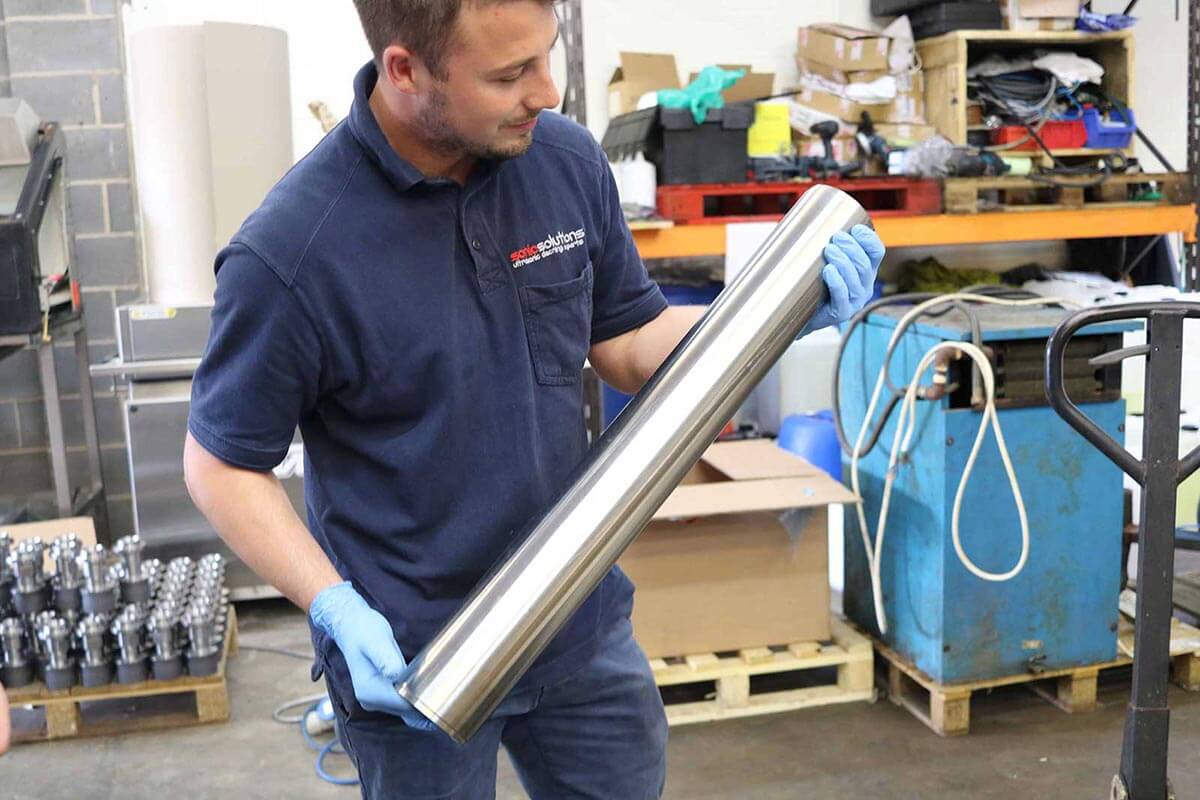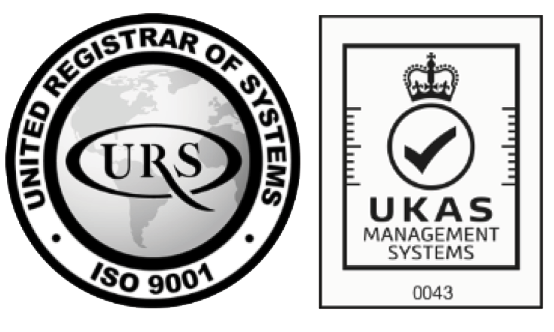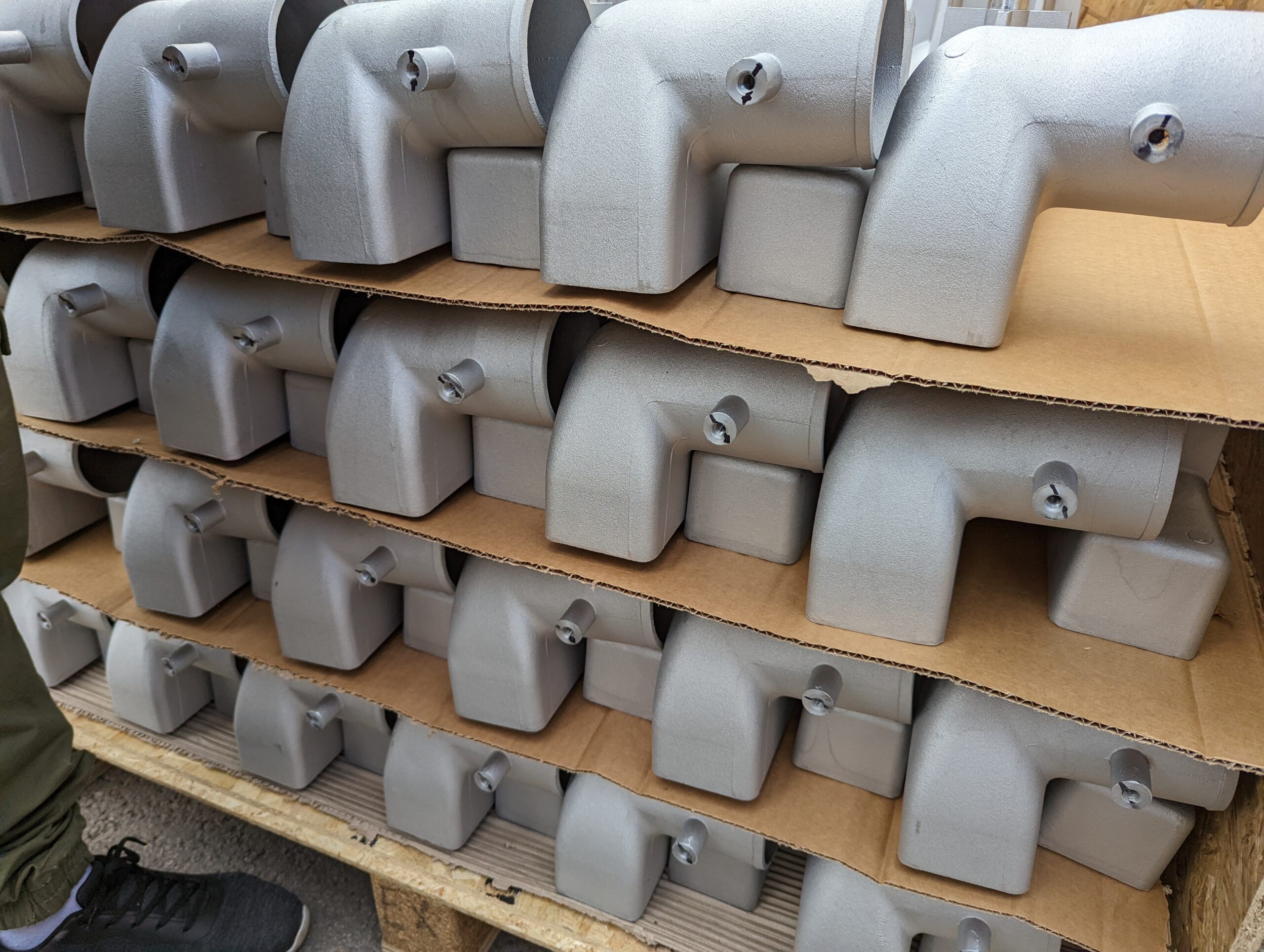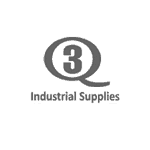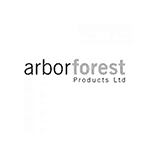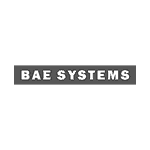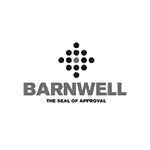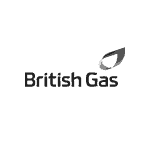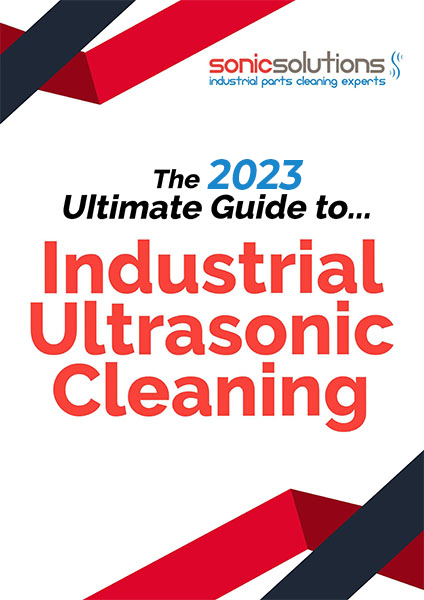What are the Key Factors in Successful Ultrasonic Cleaning
For friendly & knowledgable help contact us on:
01924 495 975 hello@sonicsolutionsltd.com Open Contact Form

Ultrasonic cleaning is a highly efficient and effective method for removing contaminants from various surfaces and objects. However, to achieve the best results, certain key factors must be considered. Here we outline the crucial elements for successful ultrasonic cleaning.
Cleaning Time
Adequate cleaning time is essential for successful ultrasonic cleaning. The cleaning time will vary depending on the type of contamination, the material being cleaned, and the ultrasonic equipment used. Over-cleaning can result in damage to the object being cleaned, so it’s important to follow the recommended cleaning time for each specific situation.
Chemistry
Alkalinity/acidity, surfactants, wetting agents, dispersants, emulsifiers, saponifiers, sequestrants, inhibitors, defoamers etc. are all part of the equation in taking the contaminant off without damaging the part being cleaned. Choosing the right cleaning solution is a critical factor in the success of ultrasonic cleaning. The type of solution used depends on the type of contamination and the material being cleaned. Using an inappropriate cleaning solution can result in damage to the object being cleaned or ineffective cleaning.
Temperature Control
The cleaning solution must be kept at the appropriate temperature for maximum effectiveness. For example, a hot solution can help to dissolve certain types of contaminants but may also cause damage to the object being cleaned. Most chemistry works best at higher temperatures but ultrasonic cavitation reduces above 70 C.
Transducers
A transducer is a device that converts electrical energy into mechanical energy (e.g. sound waves) and vice versa. In ultrasonic cleaning, transducers play a crucial role in generating high-frequency sound waves that agitate the cleaning solution, causing microscopic cavitation bubbles to form and collapse. This cavitation helps to remove dirt and debris from the surface of the objects being cleaned. Therefore, the quality and efficiency of ultrasonic cleaning is largely dependent on the performance of the transducers used. It is important that they be placed at the correct distance on the tank walls and from the parts being cleaned. Badly placed or bonded transducers will affect the power, uniformity and durability of the cleaning action.
Frequency
Setting the appropriate frequency and intensity of the ultrasonic equipment is essential. The intensity should be adjusted based on the size and type of the object being cleaned. A lower frequency is used for denser, harder items with hard dirt, and a higher frequency for smaller delicate items with smaller particulate contaminants requiring a finer clean. A higher frequency will result in more effective cleaning but may also damage delicate materials. 40KHz is often cited as the “sweet” spot for general cleaning.
Power
The power input plays an important role in determining the effectiveness of the cleaning process. Higher power input results in stronger ultrasonic waves and greater cavitation, leading to more efficient cleaning. Too low a power input may result in insufficient cavitation and inadequate cleaning.
Whilst increasing power input may improve cleaning effectiveness, it can also lead to overheating and damage to the ultrasonic equipment if not properly controlled. Finding the right balance between power input and cleaning effectiveness is vital to achieving optimal results in ultrasonic cleaning.
Loading
The way the parts being cleaned are loaded has a significant impact on the effectiveness of ultrasonic cleaning. To achieve optimal results, it is recommended that the weight of the parts being cleaned should not exceed half the weight of the cleaning solution in the tank. This allows for the proper generation of ultrasonic waves, leading to a more efficient cleaning process.
Considering these key factors can help to ensure successful ultrasonic cleaning. By selecting the right cleaning solution, setting the appropriate frequency, power and distance between transducers, loading the item correctly, controlling temperature, and providing adequate cleaning time, you can achieve the best results in ultrasonic cleaning.
For friendly & knowledgable help contact us on:
01924 495 975 hello@sonicsolutionsltd.com

